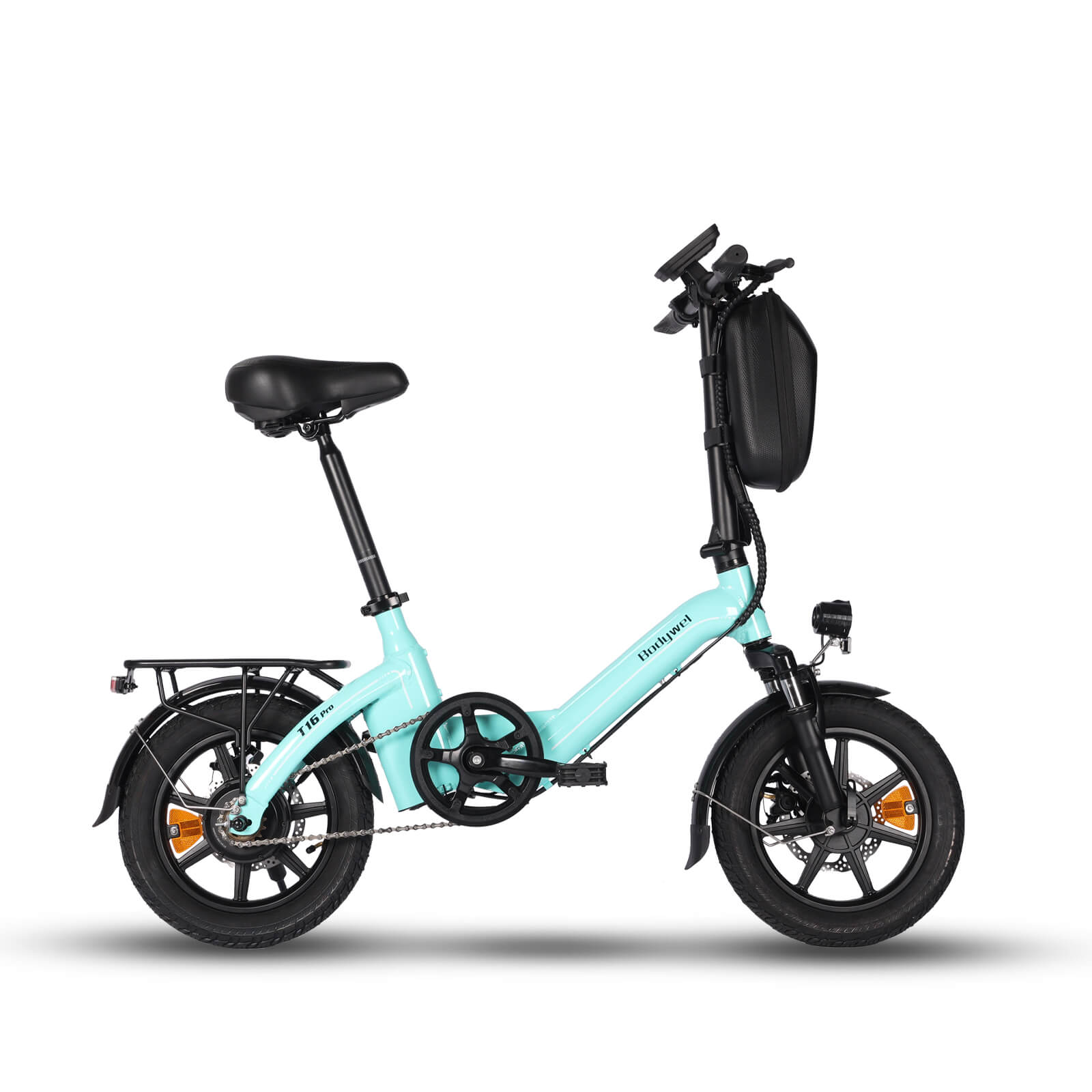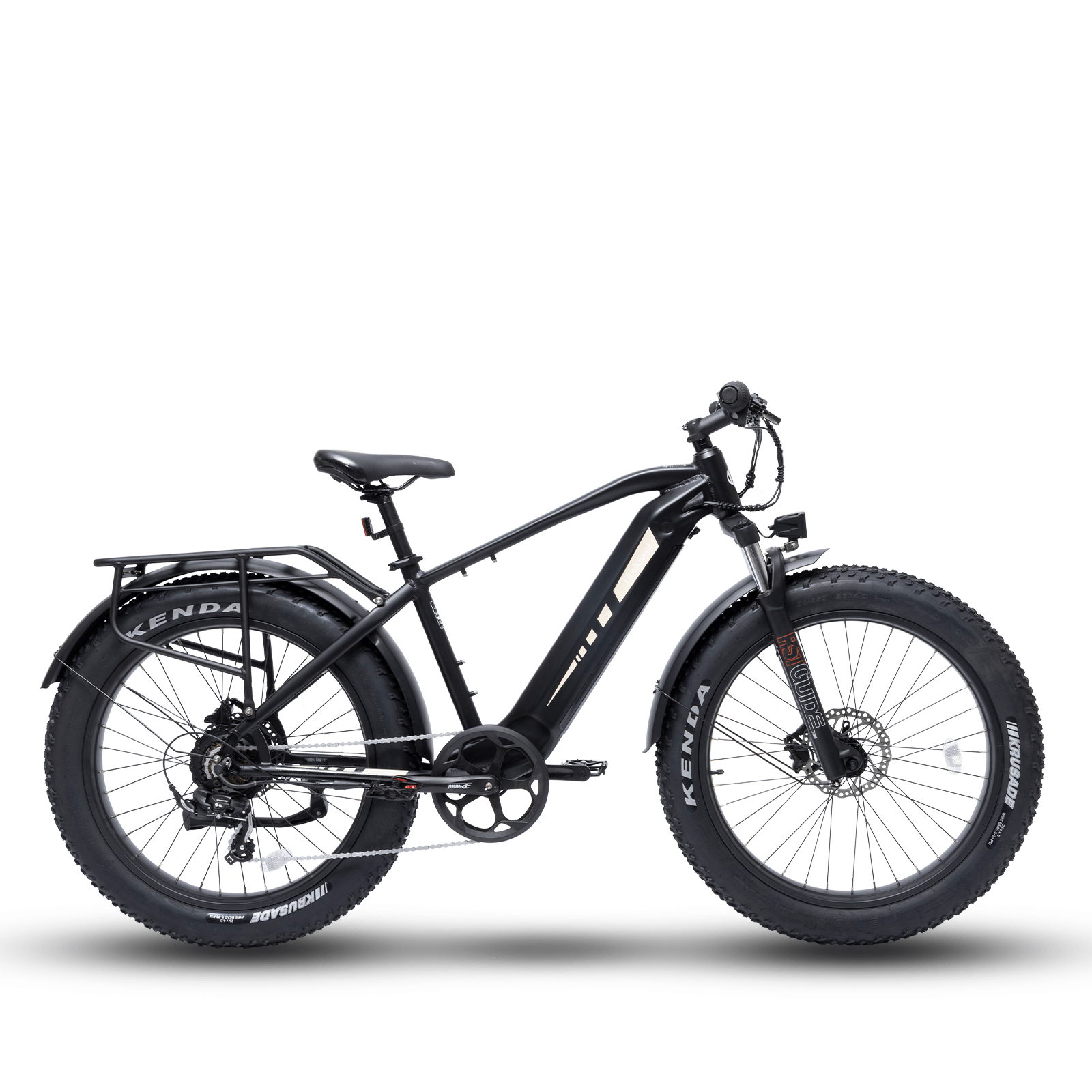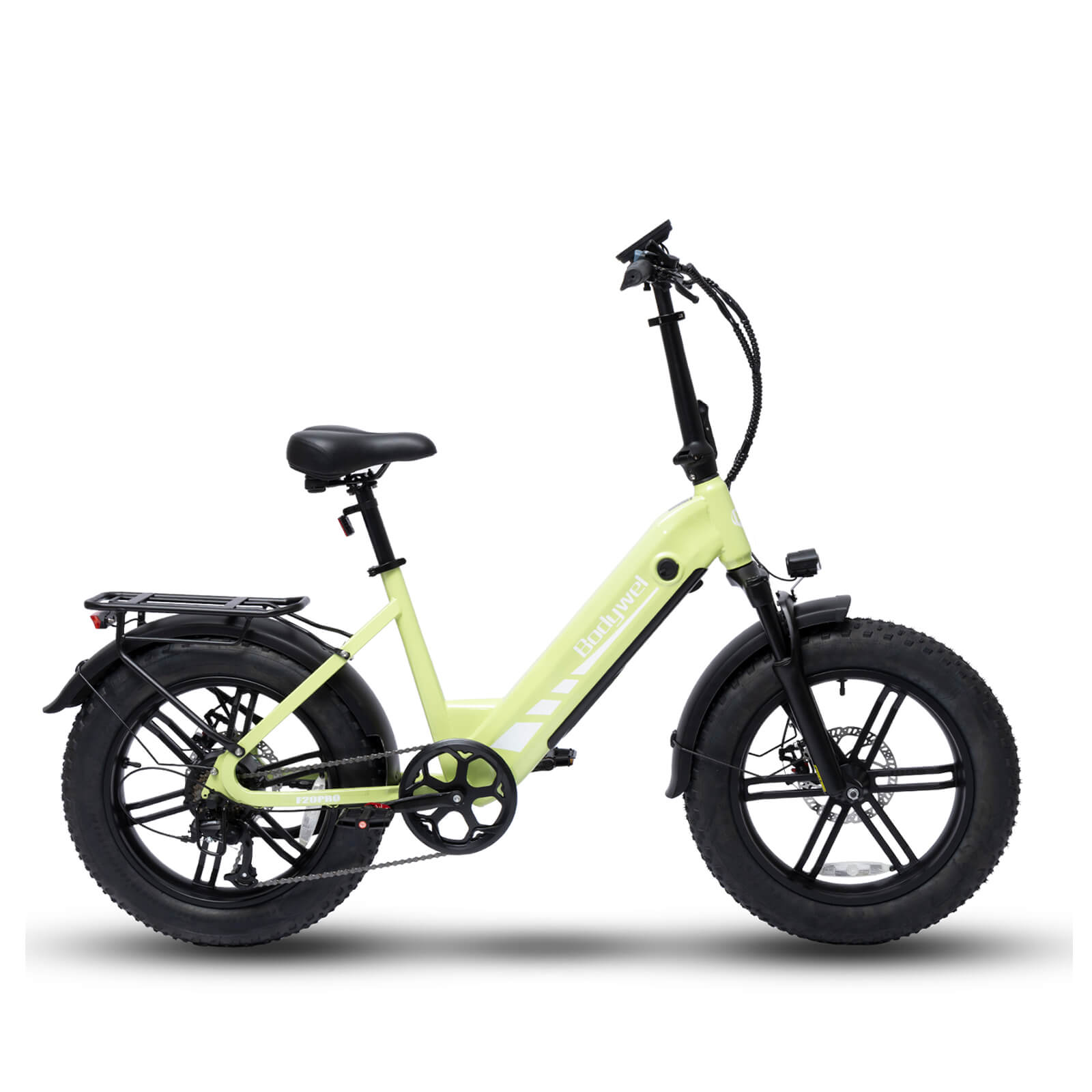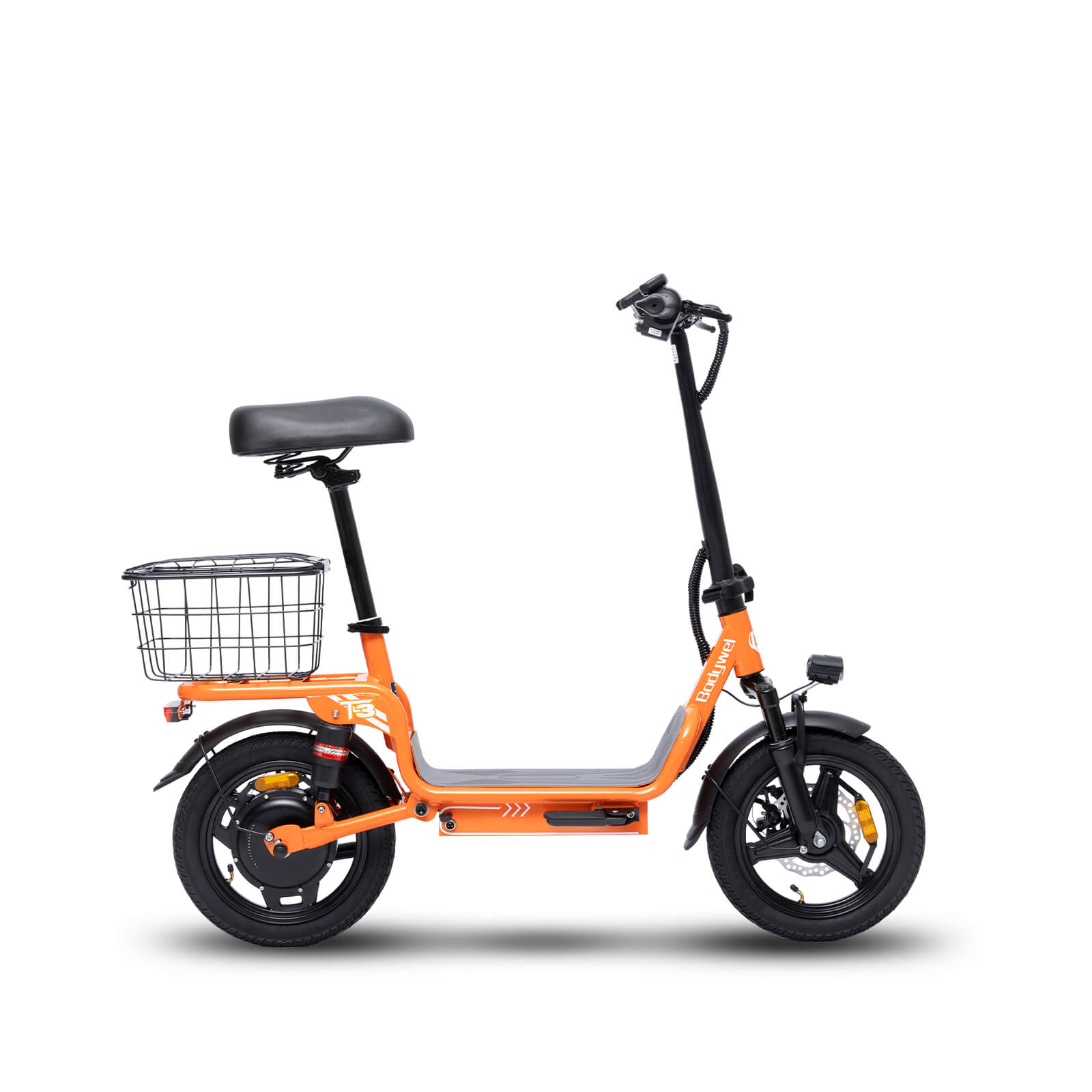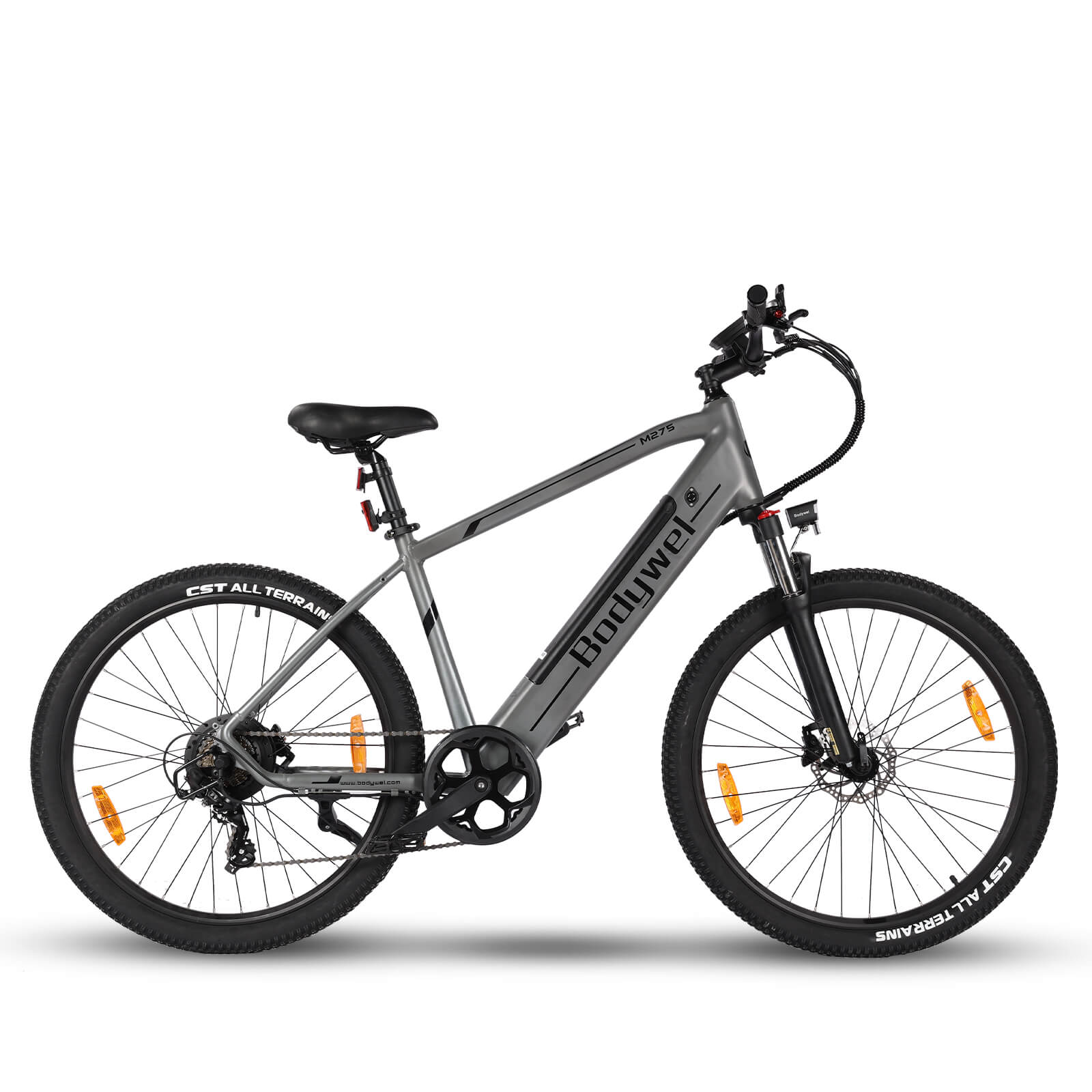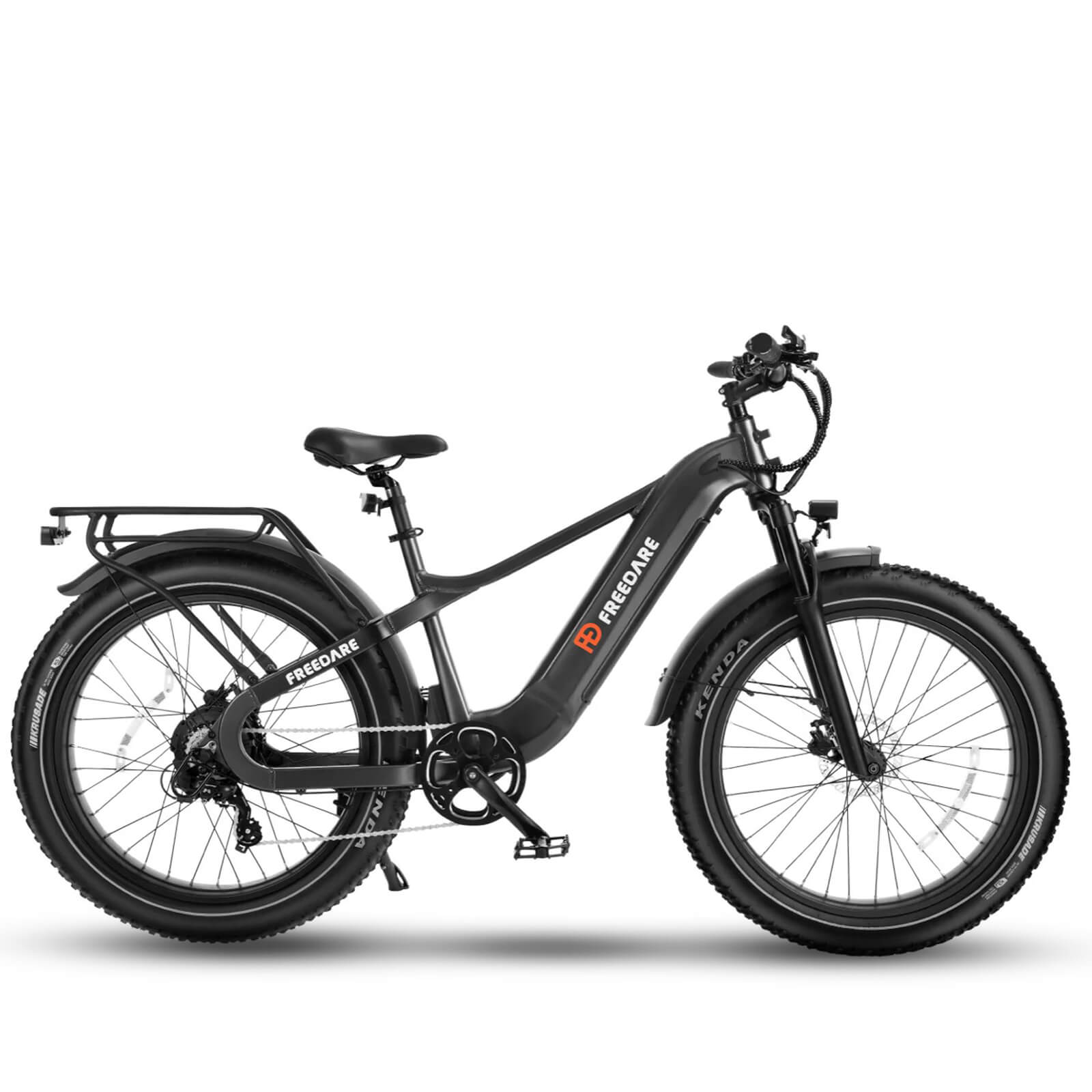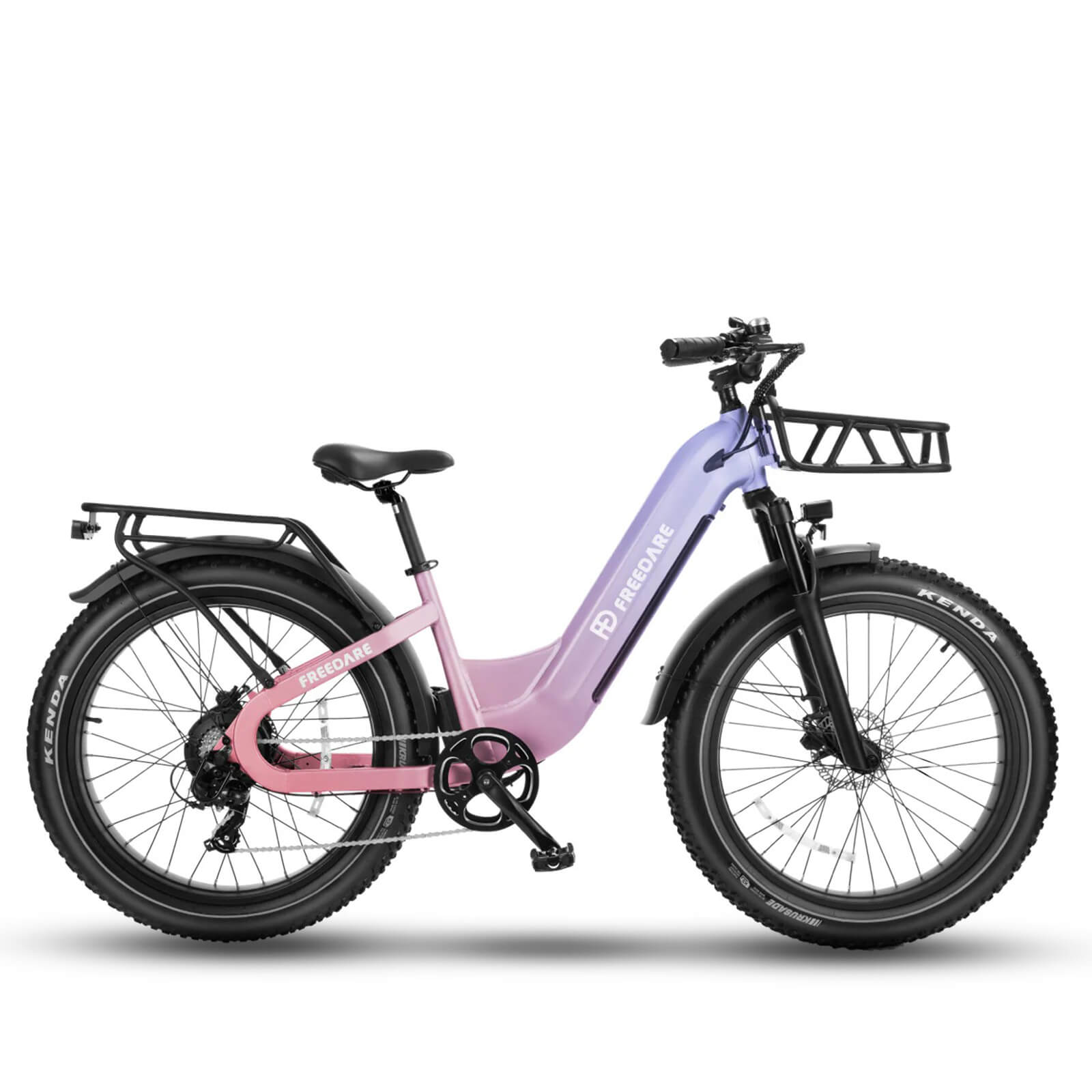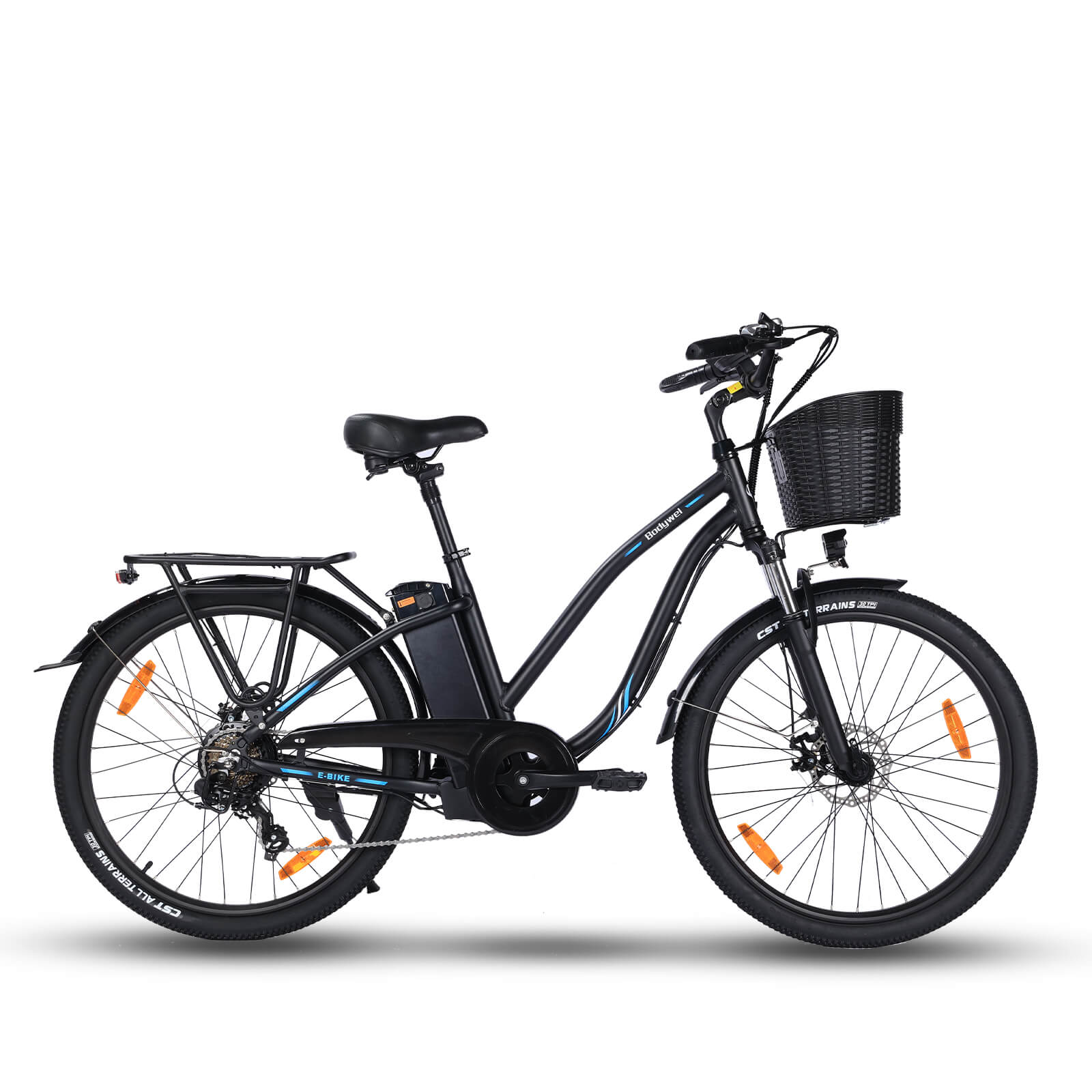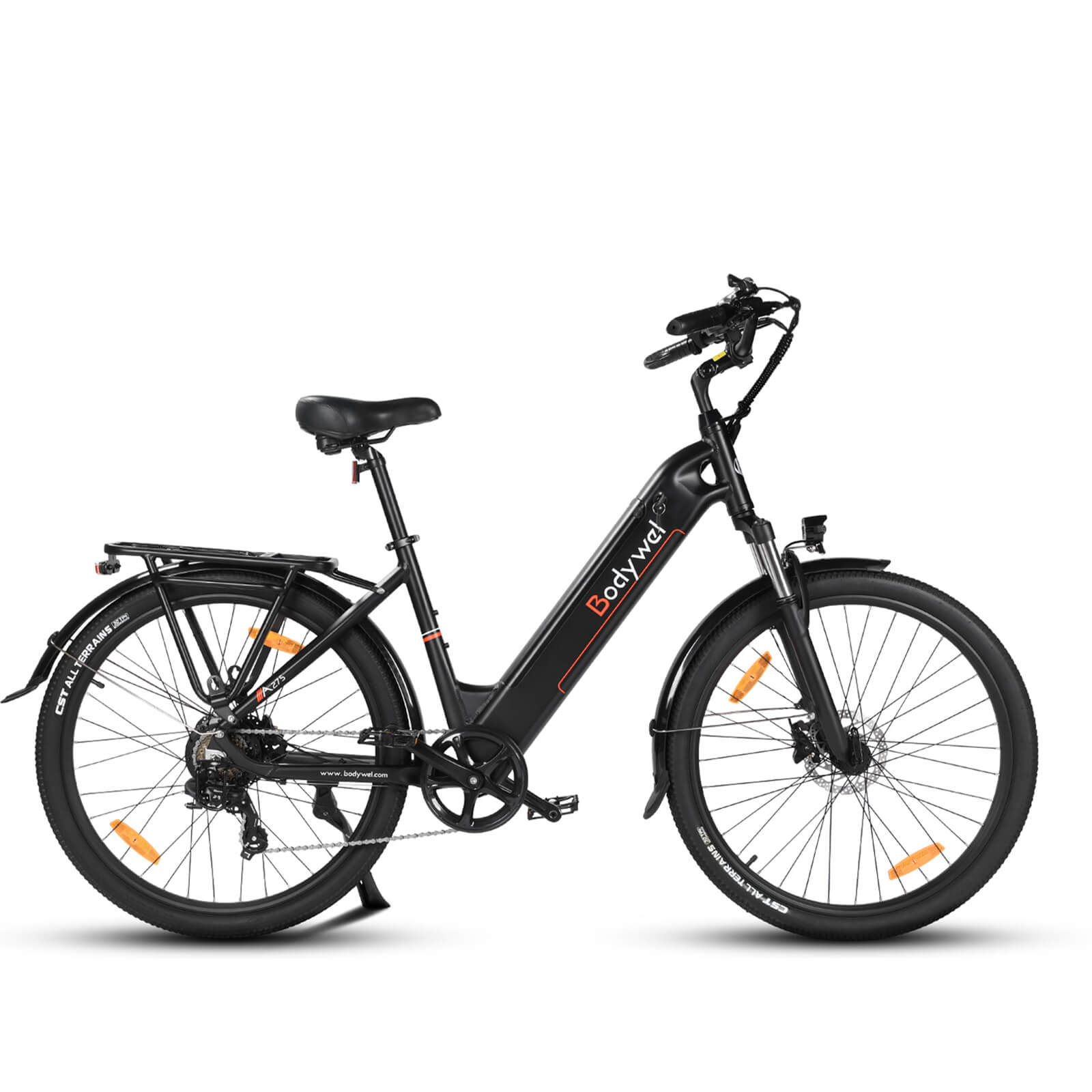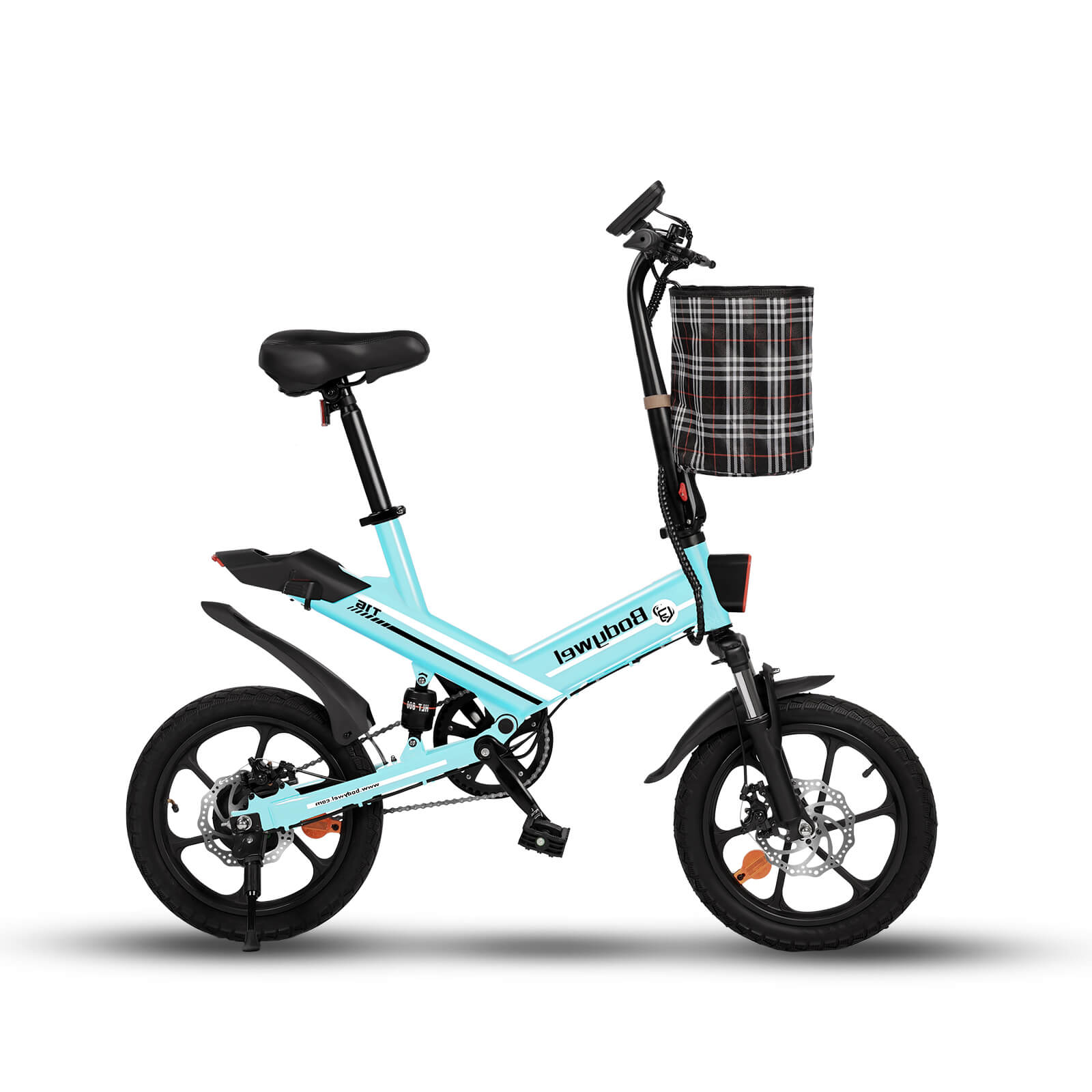How long does an ebike battery last

Understanding Ebike Batteries and Their Lifespan
Electric bikes (ebikes) have become increasingly popular, offering a sustainable, efficient, and enjoyable alternative to traditional cycling. One of the most important parts of any ebike is its battery. It powers the motor and determines how far you can ride before needing a recharge. However, like any other piece of technology, ebike batteries don’t last forever. Understanding their lifespan and the factors that affect it is crucial to get the best performance from your electric bike.
-
What Affects Ebike Battery Life?
The lifespan of an ebike battery can vary based on several factors. These include the type of battery, how frequently you use it, the climate, and how well you maintain the battery.
-
Battery Type
Most ebikes use lithium-ion (Li-ion) batteries. These are popular because they offer a high energy density and last longer than older battery types, like lead-acid batteries. A typical Li-ion battery can last between 2 to 5 years, depending on how you use and care for it. With proper maintenance, a good-quality battery can last even longer, while cheaper batteries may degrade faster.
-
Battery Capacity and Voltage
The battery’s capacity, measured in watt-hours (Wh), and its voltage (V) play a big role in determining how far you can travel before needing to recharge. Larger capacity batteries generally allow for longer rides, but they tend to be heavier. While larger batteries may not directly affect battery lifespan, they are more costly to replace, so finding the right balance between capacity and weight is important for getting the most value out of your ebike.
-
Riding Style and Frequency
Your riding habits can greatly affect how long your ebike battery lasts. For instance, if you often ride on high power settings, the battery will drain faster. Similarly, riding up steep hills or carrying heavy loads can also put extra strain on the battery, reducing its overall lifespan. If you primarily ride on flat terrain and use lower power settings, your battery will likely last longer.
-
Climate and Temperature
Extreme temperatures can impact your ebike battery’s performance and lifespan. Cold weather can reduce the battery’s efficiency, while hot temperatures can lead to overheating. Both can shorten the battery’s life. To protect your battery, it’s best to store it in a cool, dry place and avoid exposing it to direct sunlight or freezing temperatures for long periods.
-
-
How Long Does an Ebike Battery Last?
On average, an ebike battery lasts between 3 to 5 years, or roughly 500 to 1,000 charge cycles. A charge cycle refers to one complete discharge and recharge of the battery. However, the actual lifespan of your battery can vary depending on how frequently and intensively you use it. A well-maintained battery, used in moderate conditions, could reach the higher end of the cycle range, while more intense use will shorten its life.
-
Maximizing Battery Life: Tips for Longevity
While it’s inevitable that your ebike battery will degrade over time, there are a few steps you can take to maximize its lifespan and get the most out of each ride.
-
Avoid Full Discharges
Lithium-ion batteries last longer when they aren’t fully discharged. Try to keep the battery charge between 20% and 80% to avoid rapid degradation.
-
Charge Regularly but Not Excessively
It’s good practice to charge your battery regularly, but avoid overcharging it. If you won’t be using the bike for a while, store the battery at about 50% charge.
-
Store in a Cool Place
When you’re not using the ebike, always store the battery in a cool, dry location. Extreme temperatures can damage the battery.
-
Regular Maintenance
Regularly check the battery terminals for corrosion, keep the battery clean, and make sure it’s properly secured in the bike frame.
-
When to Replace Your Ebike Battery
Eventually, even the best-maintained battery will need replacing. Here are some signs it may be time for a new one:
-
Reduced Range
If you find that your ebike is covering significantly fewer miles per charge than when it was new, this is a strong sign that the battery is losing capacity. If you are looking for an efficient commuter e-bike, which can handle longer distances with ease, consider exploring options available on our site.
-
Slower Charging
A battery that takes longer to charge than usual may have worn-out cells. If you notice this, it could mean the battery is nearing the end of its lifespan.
-
Inconsistent Power Output
If your ebike experiences sudden power drops, fluctuating assist levels, or shuts down unexpectedly, it could indicate a failing battery. This can be especially noticeable when using higher assist modes in models like our electric mountain bikes.
-
Physical Damage or Swelling
If you notice any visible damage, such as swelling, cracks, or leaking, stop using the battery immediately. Damaged batteries can be hazardous.
Conclusion
Understanding your ebike battery’s lifespan and maintenance requirements is essential for getting the most out of your electric bike. By following proper charging habits, storing it correctly, and performing regular maintenance, you can extend its life and ensure a reliable riding experience. If you start noticing a decline in performance, it may be time to consider a replacement. Investing in a high-quality battery will keep your ebike running efficiently for years to come.
If you're looking for reliable and affordable e-bikes, check out our selection of mini bikes for adults, ideal for a convenient and comfortable ride. For more options, explore our range of cheap electric bikes for adults that deliver exceptional value for everyday use.
0 comments




